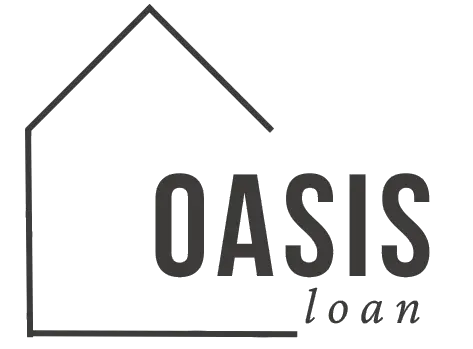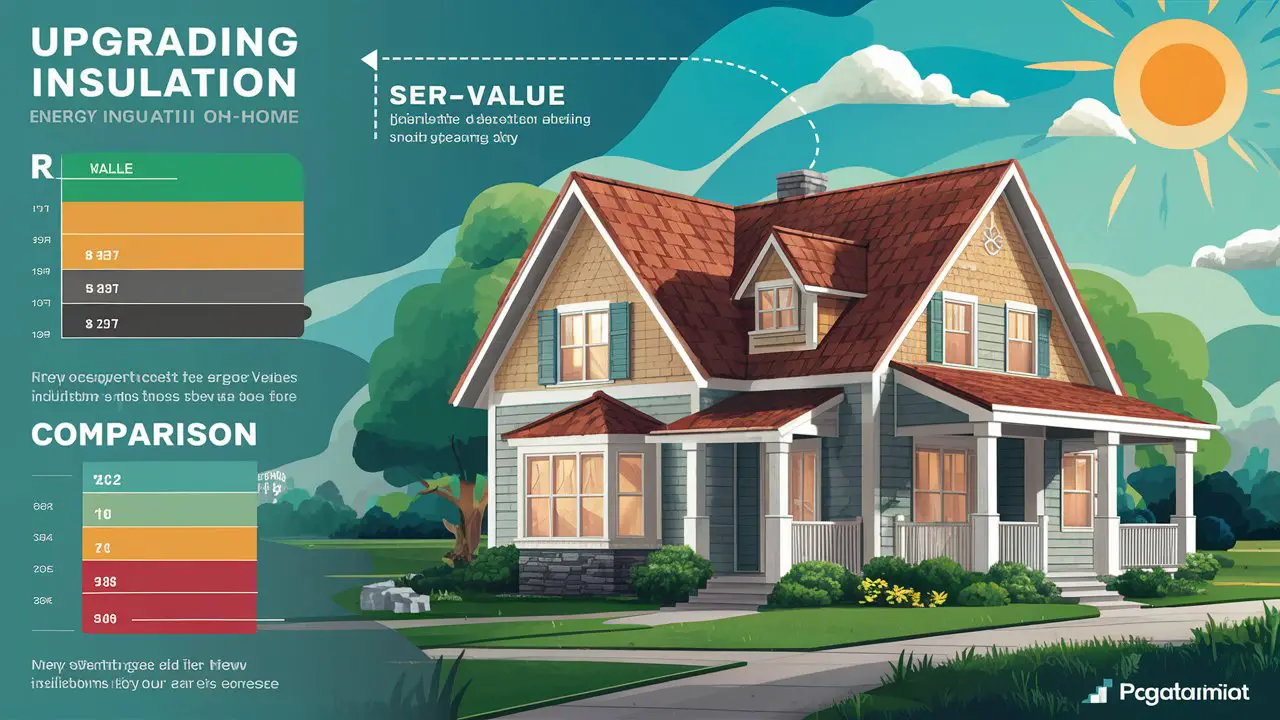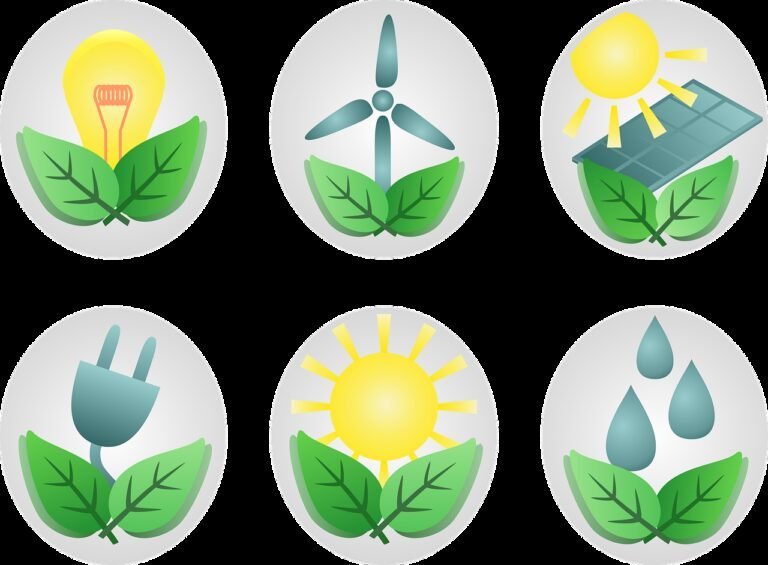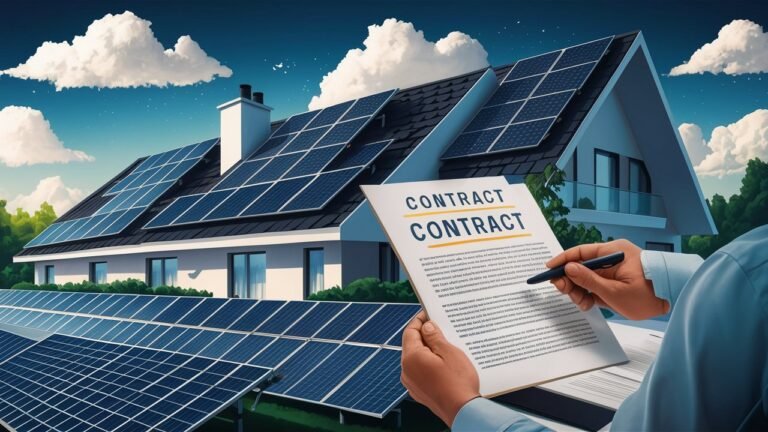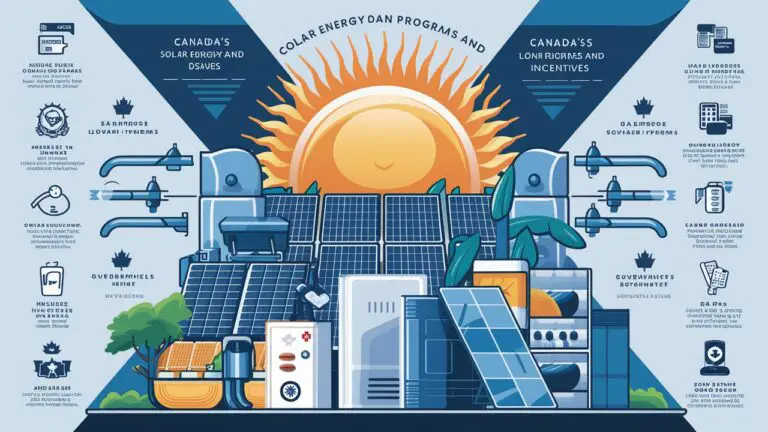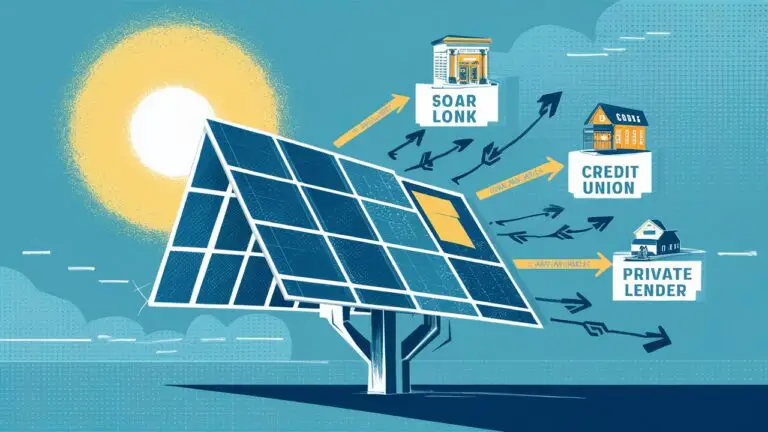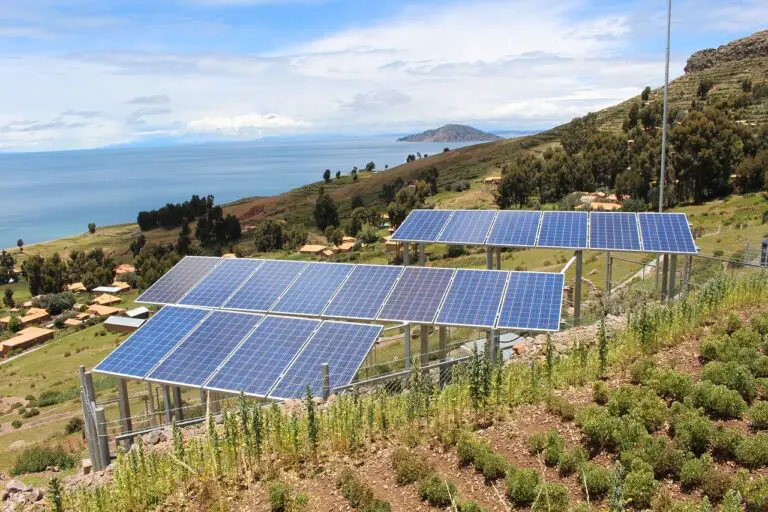Introduction to Energy-Efficient Home Loans
In recent years, energy-efficient home loans have become a popular financing option for homeowners interested in making their properties more sustainable. These loans offer unique benefits that help reduce energy consumption while also improving home value. From loans for solar panels to green home improvement loans, there are numerous ways to finance your eco-friendly renovations. This article will walk you through the essentials of energy-efficient home loans, providing insights into how they work, their benefits, and how to choose the right one for your needs.
What Are Energy-Efficient Home Loans?
Energy-efficient home loans, often known as green home improvement loans, are specialized financing options designed to encourage homeowners to make energy-saving upgrades. These loans provide access to funds that can be used for various improvements, such as installing solar panels, upgrading insulation, or replacing old HVAC systems with more efficient models.
Purpose of Energy-Efficient Home Loans
The primary goal of these loans is to reduce energy consumption and lower utility costs. By financing eco-friendly upgrades, homeowners can achieve significant energy savings while reducing their carbon footprint. Transitioning to energy-efficient solutions not only benefits the environment but also provides long-term financial returns.
Types of Energy-Efficient Home Loans
There are several types of energy-efficient home loans available. Here are a few of the most common:
- FHA Energy Efficient Mortgage (EEM): This loan helps borrowers finance energy-efficient upgrades as part of their mortgage.
- VA Energy Efficient Mortgage: Veterans can access this loan to fund energy-saving improvements.
- PACE Financing: Property Assessed Clean Energy (PACE) loans are repaid through property taxes and are available in select regions.
Each of these loans has unique features, making it essential to choose the one that best suits your specific needs and location.
How Energy-Efficient Home Loans Work
Understanding how energy-efficient home loans function is crucial for making an informed decision. These loans differ slightly from traditional financing, as they focus on funding specific energy-saving projects.
Eligibility Requirements
To qualify for an energy-efficient home loan, you typically need to meet standard mortgage requirements, such as a good credit score, stable income, and a low debt-to-income ratio. Additionally, some loans may require a home energy audit to determine the potential savings from proposed upgrades.
Loan Amount and Interest Rates
The loan amount and interest rates vary depending on the type of energy-efficient home loan you choose. Some loans, like PACE financing, allow you to borrow based on the projected energy savings. In contrast, others, such as the FHA EEM, limit the loan amount to a percentage of the property’s value. Interest rates for these loans are generally competitive, making them an attractive option for financing energy-saving upgrades.
Repayment Terms
Repayment terms for energy-efficient home loans are similar to those of traditional mortgages. However, some loans, like PACE financing, are repaid through property taxes, which can affect your annual tax bill. Understanding the repayment structure is vital to ensuring the loan fits your financial plan.
Common Energy-Efficient Home Improvements
When you secure a green home improvement loan, it’s essential to focus on upgrades that will provide the most significant energy savings and return on investment.
Loans for Solar Panels
Loans for solar panels are among the most popular energy-efficient home loans available today. Solar panels can dramatically reduce or even eliminate your electricity bills. Additionally, many states and local governments offer incentives or rebates that make solar panel installations more affordable. By financing your solar panel system with a dedicated loan, you can start saving on energy costs right away, often with minimal upfront costs.
Upgrading Insulation
Another effective use of an energy-efficient home loan is upgrading your home’s insulation. Poor insulation leads to energy loss, making heating and cooling systems work harder than necessary. By improving insulation, homeowners can significantly reduce their energy consumption, leading to lower utility bills.
Replacing HVAC Systems
Older HVAC systems are notorious for their inefficiency. Replacing an outdated HVAC system with a modern, energy-efficient model can substantially lower energy usage and improve indoor comfort. Some green home improvement loans specifically target HVAC upgrades, making this an excellent area to focus on.
Benefits of Energy-Efficient Home Loans
Opting for an energy-efficient home loan offers numerous advantages beyond just financing your green home improvements. Here’s a look at the key benefits.
Lower Energy Bills
The most immediate benefit of energy-efficient home loans is the reduction in energy bills. By investing in energy-saving upgrades, you can cut your utility costs significantly. For example, installing solar panels can decrease electricity bills, while improved insulation can lower heating and cooling expenses.
Increased Home Value
Energy-efficient upgrades typically increase the value of your home. Buyers today are increasingly looking for homes with green features. Therefore, when you invest in eco-friendly improvements, you not only save on energy costs but also make your home more attractive to future buyers.
Environmental Impact
Choosing a green home improvement loan enables you to contribute to environmental conservation efforts. Reducing your home’s energy consumption helps lower greenhouse gas emissions, which is essential for combating climate change. By making these upgrades, you’re playing a role in creating a more sustainable future.
How to Choose the Right Energy-Efficient Home Loan
Selecting the best energy-efficient home loan for your needs requires careful consideration of various factors. Here are some steps to help you choose wisely.
Assess Your Needs and Goals
Before applying for a loan, determine which upgrades will benefit your home the most. Are you primarily interested in loans for solar panels, or do you need a comprehensive package that covers multiple improvements? Understanding your needs will help you choose the right loan.
Compare Loan Options
Different loans offer different features, so it’s crucial to compare them. Look at factors like interest rates, loan amounts, and repayment terms. Additionally, consider whether the loan allows you to roll the cost of the upgrades into your mortgage or requires a separate financing arrangement.
Work with Reputable Lenders
Not all lenders offer energy-efficient home loans, so it’s essential to work with those that do. Look for lenders with a strong reputation in the green financing space. This ensures you get competitive rates and terms, along with the expertise needed to navigate the application process.
Potential Challenges of Energy-Efficient Home Loans
While there are many benefits to securing a green home improvement loan, there are also challenges you should be aware of before proceeding.
Initial Costs
Even though energy-efficient home loans provide financing, some upgrades may still require a significant initial investment. For example, while loans for solar panels can cover most of the installation cost, you may still need to pay for certain permits or other fees upfront.
Regional Availability
Not all energy-efficient home loans are available nationwide. For instance, PACE financing is only offered in select areas. Be sure to research the options available in your region to avoid disappointment.
Complexity of Application Process
Applying for an energy-efficient home loan can be more complex than a traditional loan. Some loans require a home energy audit, additional paperwork, or specific documentation to prove the projected energy savings. Working with an experienced lender can simplify this process, but it still may be more involved than a conventional mortgage.
Conclusion
Energy-efficient home loans provide a fantastic opportunity for homeowners to make their properties more sustainable while enjoying long-term financial benefits. Whether you’re interested in loans for solar panels or a broader green home improvement loan, there are numerous options available to suit your needs. By understanding the different types of loans, their benefits, and potential challenges, you can make a more informed decision that aligns with both your financial and environmental goals.
Investing in energy-efficient upgrades not only enhances your home’s value but also contributes to a more sustainable world. As interest in green home improvement loans continues to grow, now is an excellent time to explore your options and take advantage of the financial incentives available.
